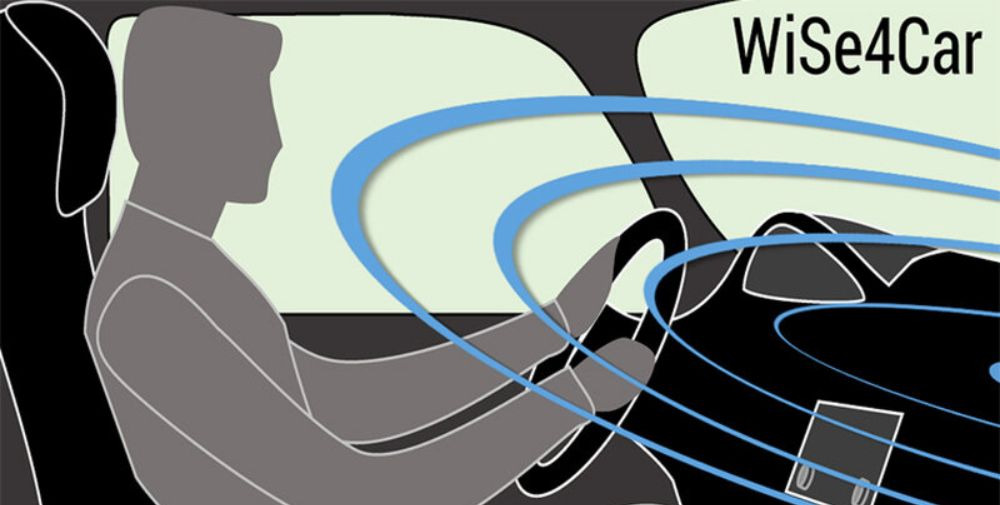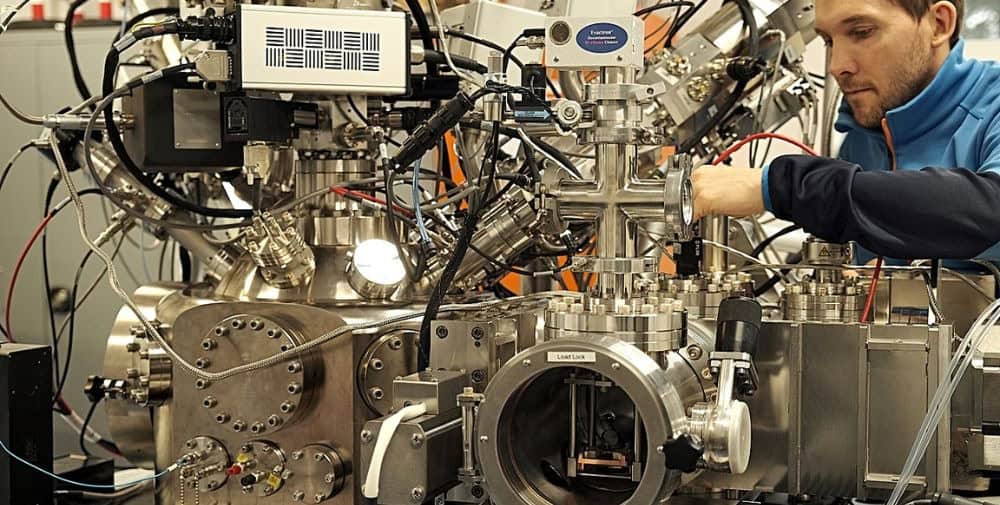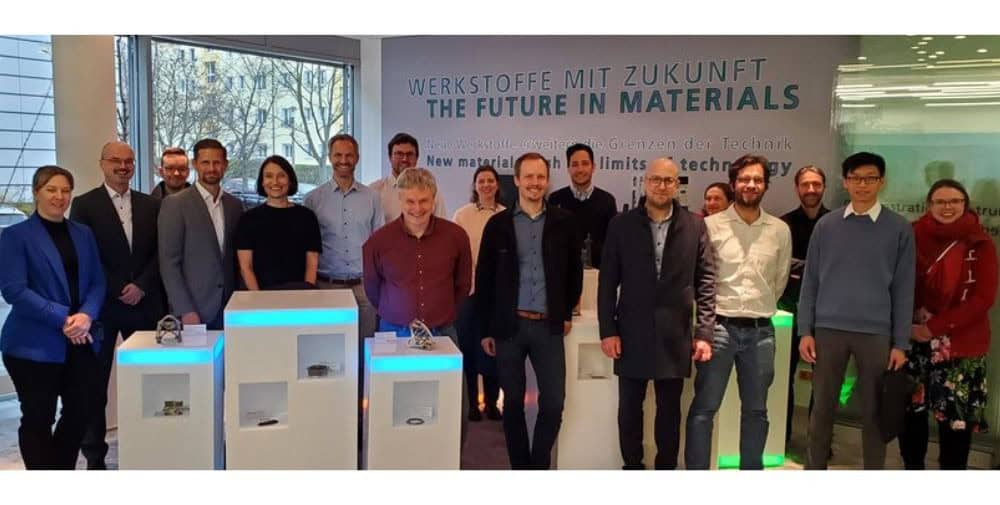
Vehicle interiors are generally designed for average body dimensions. Among other things, this also influences comfort and safety-related settings, such as the design and arrangement of airbags and headrests. “Some functions can be adjusted manually, but this is particularly critical in vehicles that are frequently exchanged, such as those used for car sharing or in the vehicle fleets of large haulage companies. Although there are occupant protection systems for an inclusive vehicle cabin that automatically personalize some settings, these are associated with technical hurdles and high costs,” says Prof. Dr. Alejandro Masrur, holder of the Chair of Computer Architectures and Systems at Chemnitz University of Technology (TUC).
With this in mind, the “WiSe4Car” project was launched at the TUC, which aims to use WiFi signals to enable an analysis of the vehicle interior. “The advantage of WiFi sensing is that WiFi signals are absorbed and reflected by the human body,” explains Daniel Markert from the project team. These changes are reflected in the CSI (Channel State Information) data of the WiFi signals and can be recognized and classified using artificial intelligence methods. “In contrast to camera-based solutions, this technology is independent of lighting conditions and occlusions and preserves the privacy of the occupants. In addition, WiFi technology is already included in modern vehicles, resulting in a cost-effective and uncomplicated solution,” says Markert, describing the advantages.
In the next 18 months, a feasibility study on the use of WiFi sensing for perception tasks in vehicle interiors will provide important insights. In particular, the possibilities and limitations of WiFi sensing in predicting the height and weight of the driver will be investigated. “With the help of a demonstrator, we want to test and optimize the collection and evaluation of CSI data for different vehicle cabins and a different number of vehicle occupants,” says Masrur.
The Federal Ministry of Digital and Transport is funding the project as part of the “mFUND” innovation initiative with around 166.000 euros.
– – – – – –
Further links
👉 www.tu-chemnitz.de
👉 Project “WiSe4Car”
Graphic: Chair of Computer Architectures and Systems




